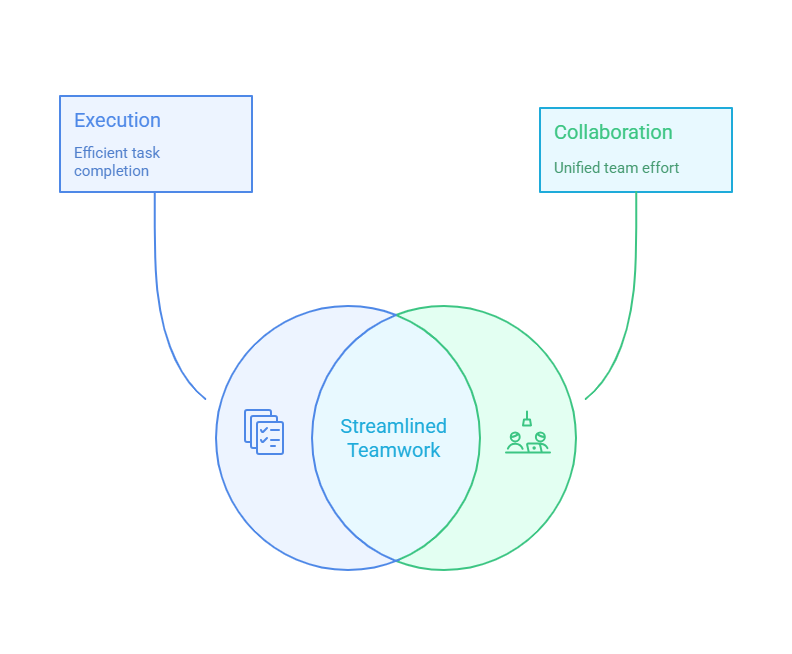In engineering and manufacturing, inconsistency isn’t just frustrating—it’s costly. Whether it’s missed approvals, outdated documents, or unclear task handoffs, small missteps add up to big delays. That’s why companies who excel at execution often have one thing in common: they use clearly defined phases and gates in their processes.
At KMD, we help teams move from ad-hoc execution to repeatable, auditable, and consistent performance. This post outlines how structured phases and gates improve daily work and long-term results—while making life easier for your team.
Why Use Phases and Gates?
Think of a phase as a clear stage of work—and a gate as the decision point before moving forward. When every project and process follows the same rhythm, it’s easier to track, manage, and improve.
Without them:
- Critical emails get missed
- Files live in inconsistent folders
- Old document templates circulate
- Handoffs are unclear
- Important work is skipped or duplicated
With them:
- Each phase triggers exactly what’s needed
- Nothing falls through the cracks
- Progress is visible and verifiable
1. Automatically Notify the Right People
Each phase should automatically trigger email notifications to the right team members. No more wondering who’s responsible or who needs to know—everyone stays informed.
What this fixes:
❌ Missed handoffs
❌ Confusion about roles
✅ Clear accountability and faster starts
2. Create Organized Folders Every Time
A structured process should create the correct folders at the right time. This eliminates inconsistencies in where work is saved and improves audit readiness.
What this fixes:
❌ Messy, hard-to-find files
❌ Inconsistent naming or versioning
✅ One source of truth for every deliverable
3. Deliver the Right Templates (Automatically Updated)
As you move into each phase, the latest version of every necessary document template should be served automatically from your document control system.
What this fixes:
❌ Teams using outdated forms
❌ Wasted time recreating documents
✅ Consistent formatting, compliance, and traceability
4. Capture Meeting Minutes & Decisions
At each gate meeting, it’s critical to capture what was reviewed, who attended, what decisions were made, and what actions were assigned.
What this fixes:
❌ Ambiguity about what was agreed
❌ Repeating the same debates
✅ Clear record of who approved what and when
5. Complete Checklists Before Moving On
Every phase should include a checklist of what’s required to move forward. This ensures each gate is more than a formality—it’s a quality control step.
What this fixes:
❌ Incomplete or premature transitions
❌ Rework due to missing tasks
✅ Standardized execution and compliance
6. Trigger Mini Workflows Inside Each Phase
Within each phase, trigger smaller workflows for tasks like supplier qualification, validation, or testing. This creates momentum without manual oversight.
What this fixes:
❌ Work that stalls or waits for reminders
❌ Missed deadlines and idle time
✅ Continuous motion through every stage
Before and After Working with KMD
Before KMD: Each department runs its own version of the process. Approvals are missed. Files are scattered. Checklists are ignored. Teams rely on memory or manual effort to keep things moving.
After KMD: Phases and gates drive clarity and consistency. Teams receive the right files and reminders at the right time. Audits are easier. Collaboration is smoother. KPIs improve across the board.
Final Thoughts
Phases and gates aren’t just for big, complex projects—they’re how you create a repeatable, scalable process for anything that matters. When used correctly, they help teams stay aligned, move faster, and reduce mistakes.
Ready to move away from chaos and toward clarity?
👉 Contact KMD to learn how we can help you build structured, reportable workflows with our KMDProjects platform.


